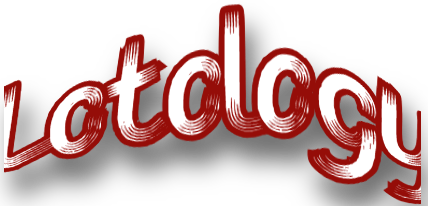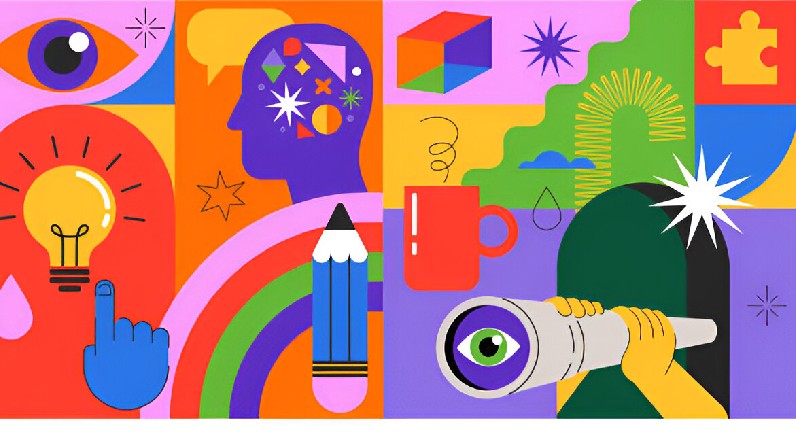Art has never been anything more than an extension of human imagination, emotion, and culture. From cave paintings at the beginning of civilization to digital art in the contemporary world, creativity has always developed side by side with available tools. We are now at a time when technology, in the form of artificial intelligence, is revolutionizing the way we create and perceive art.
One of the most exciting innovations in this space is the AI art generator—a tool that makes it possible for anyone to make incredible pictures from just a handful of words. Whether you’re an artist, designer, marketer, or creative individual who loves to try new things with novel tools, AI-generated art presents limitless possibilities.
But how do AI art generators really work, and more to the point, how can they be applied in everyday life? Let’s learn.
What is an AI Art Generator?
An AI art generator is a software program that uses artificial intelligence to create pictures from descriptions of text. Instead of requiring traditional drawing or painting skill, customers simply type in a prompt—”a city of the future at sunset” or “a space-suited cat,” for instance—and the AI translates it into a unique, high-resolution picture.
These tools use deep learning models trained on millions of images, and therefore they know colors, composition, and styles. The outcome is art that looks painted, drawn, or digitally set by an experienced artist, while it was entirely created by AI.
How AI Art Generators are Revolutionizing Creativity
1. Opening Up Art for Everyone
Art-making was for centuries the preserve of those with technical skills, training, and access to the right materials. With AI art generators, anyone can produce stunning images without devoting years to practice.
A small business owner can produce unique illustrations for their company without the need for a pricey graphic designer in-house.
A teacher can design unique educational visual aids for their students.
A hobbyist can experiment with various styles of art, from watercolor to cyberpunk, without needing to learn advanced software.
Illustration: A content creator on social media who does not have design skills can use an AI art generator to create appealing post pictures that are in their brand aesthetic, thereby making their content more engaging.
2. Encouraging Artists and Designers Even More
Although some are apprehensive that AI is capable of replacing human imagination, the fact remains that AI art generators exist to inspire and not replace artists. The majority of designers, illustrators, and digital artists use AI-produced images as sources of inspiration for their work.
AI can come up with mood boards and conceptual sketches for inspiration by artists lacking imagination.
It can create unique textures, designs, or backdrops for designers.
Writers can use AI-generated artwork to depict a scene from their novels.
Example: A fantasy book cover illustrator can use an AI art generator to generate several concept designs before refining them into a professional finished piece.
3. Speeding Up the Creative Process
Previously, it could take hours, even days, to create a detailed digital painting or illustration. AI makes the process much faster, allowing artists to bring ideas to life in just minutes.
This is particularly useful for companies that require fast turnaround times, such as marketing, advertising, and social media content generation.
Companies can quickly create advertisement images without waiting for a designer.
Video game developers can use AI in creating concept art for new worlds or characters.
Fashion designers can create ideas for patterns and materials before production.
Example: A marketing agency preparing an ad campaign can use an AI art generator to create a few background options for social media photos, so they can make a decision faster.
4. Discovering Artistic Styles and Trends
One of the most exciting aspects of AI-generated art is the ability to experiment with different styles and artistic influences. Whether you love the look of classical oil paintings, modern minimalism, or futuristic sci-fi, AI can generate art that matches your vision.
Users can create vintage-style posters with a few clicks.
Digital artists can mix and match different artistic movements, like surrealism and impressionism.
Home decorators can generate custom artwork to fit their home decor style.
Illustration: A homeowner who would like to have original artwork to decorate their living room can hire an AI art generator to generate a custom piece that suits their space perfectly.
How to Apply an AI Art Generator to Your Everyday Life
If you are interested in playing around with AI art for yourself, here are some fun and practical ways to do so:
1. Personalized Greeting Cards and Gifts
Create personalized greeting cards with AI-generated illustrations.
Create birthday or anniversary artwork specifically for your loved ones.
2. Personalized Home Decorations
Create artwork prints for your walls in the exact colors and design you love.
Create wallpapers or fabric designs based on AI inputs for interior decor.
3. Business and Branding
Create instant logos, social media, and marketing graphics.
Create illustrations for blogs and websites.
4. Educational and Learning Tools
Teachers can prepare visual learning resources for history, science, and art classes.
Students can design presentation graphics and posters for school assignments.
Are AI Art Generators a Threat to Traditional Art?
There is a fear that AI art will replace human artists. But the truth is, AI is not a substitute for creativity—it’s an augmentation of it. Of course, AI can churn out images at high speed, but it lacks human emotion, storytelling, and conscious design choices that make traditional art so powerful.
Professional artists retain the benefit of producing significant, individualized work. AI is merely a means—a means which can supplement and support creative labor rather than replacing it.
Look at photography. When cameras became widely used, they did not replace drawing or painting—only gave more avenues to visually document and express concepts. AI artwork is doing exactly the same.
How to Get Started with an AI Art Generator
Want to create your own AI art? Here is how you can get started:
Choose a Tool – Some of the most popular tools include Midjourney, DALL·E, Adobe Firefly, and Deep Dream Generator.
Enter a Specific Prompt – The more specific you are, the better the result. Example: “A dreamy watercolor painting of a mountain landscape at sunrise.”
Experiment with Styles – Try out different themes like realistic, abstract, fantasy, or pixel art.
Refine and Edit – Some AI-generated images may need small adjustments. Use editing software to tweak colors or composition.
Use Your Art – Print it, display it, or share it—AI-generated art can be used for personal projects, business branding, or creative inspiration.
Final Thoughts
The rise of AI art generators is revolutionizing creativity, allowing everyone from amateur artists to professionals to create stunning images in just a matter of seconds. Whether you are creating art for inspiration, work, or recreation, these generators are a new and innovative way of getting ideas across.
But at its essence, creativity is still human imagination. AI can generate images, yet it is our unique vision, emotions, and experience that give meaning to the work.
So why don’t you give it a try? Whether you’re designing a personalized print for your living room, creating visuals for a project, or just experimenting with digital art, an AI art generator is something that is easy to experiment with.
Give it a go and see where your imagination takes you!
Want more insights? Keep visiting Lotology for the latest updates and information!

